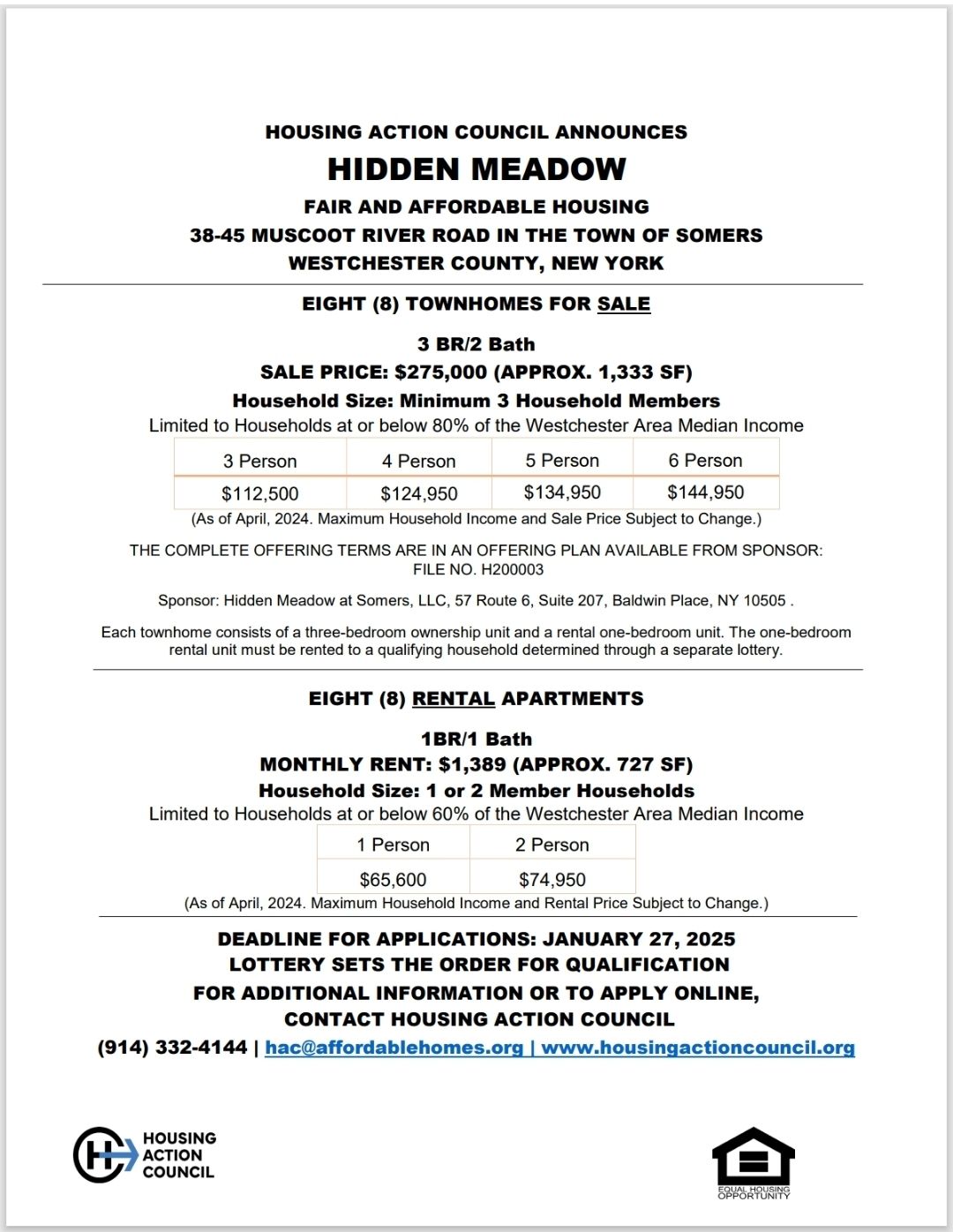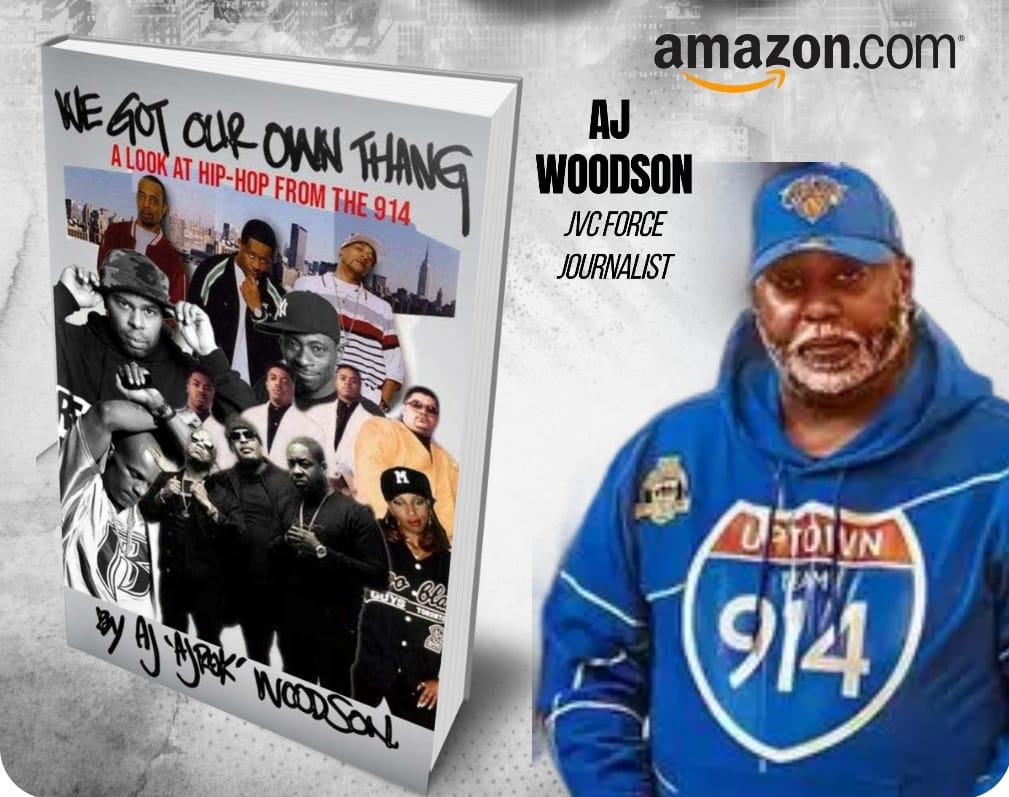As the latest election results reveal, New York—a state long considered a Democratic stronghold—may be on the brink of a political transformation. Historically, Democrats have held firm control, but recent numbers suggest a significant shift in voter sentiment. Republicans are gaining ground across the state, and outmigration from New York has surged, with many departing residents citing discontent with current policies. If Democrats fail to recognize and address these changes, they could face the unthinkable: New York slowly turning red.
In the 2024 presidential election, New York once again voted Democratic. However, Vice President Kamala Harris’s margin of victory dropped sharply, from a 23.2 percentage point lead in 2020 to just 11.6 points in 2024. For a party that has long relied on New York as a guaranteed win, this substantial narrowing of the gap should be a wake-up call. The reasons for this shift are clear: concerns about crime, economic pressures, education, immigration, and the rising cost of living have reached a tipping point.
A clear example of this shifting dynamic can be seen in Westchester County, a traditional Democratic stronghold where the Republican vote share rose from 31.3 percent in 2020 to 37 percent in 2024. Even more troubling for Democrats is the steep drop in their total votes—from 312,371 in 2020 to 267,428 in 2024. This erosion points to a deeper problem: Democratic messaging may no longer be resonating, or voters are feeling so disconnected from their choices that they’re choosing to stay home. Democrats must ask themselves if their increasingly progressive stance is alienating more moderate or conservative-leaning Democrats to the point that many simply didn’t vote. If the party doesn’t move toward the middle to re-engage these voters, they risk losing them altogether.
In a notable shift, Trump garnered over 27% of the vote in the Bronx, significantly reducing his margin of defeat in this traditionally Democratic borough. This result marks the highest support for a Republican presidential candidate in the Bronx in four decades. Across New York City, Trump increased his vote share by 7.8 percentage points compared to 2020, while support for Kamala Harris, running on the Democratic ticket, declined by 8.5 percentage points from the level Joe Biden achieved.

Crime is a top concern, especially in urban centers like New York City. While Democrats have pushed progressive policies such as bail reform and reduced sentencing, many New Yorkers feel these policies have left them vulnerable. Republicans have capitalized on these anxieties, positioning themselves as the party of law and order. Unless Democrats take a balanced approach to criminal justice reform that prioritizes public safety, they risk further alienating voters who feel their concerns are being ignored.
High taxes and the rising cost of living only add to New Yorkers’ frustrations. The state has one of the nation’s highest tax burdens, with property, sales, and income taxes compounding the effects of inflation and soaring real estate prices. Many residents are now caught in a “cost of living crisis” and are increasingly moving to lower-tax states like Florida and Texas, where they can keep more of their income. If Democrats continue advocating for costly social programs—programs that many feel bring little visible change to their communities—without addressing these fundamental financial strains, they risk seeing their base shrink as residents leave or turn to fiscally conservative alternatives.
Education, too, has become a contentious issue. Across the state and the country, parents are expressing concerns about school curriculum, parental involvement, and school choice. Republicans are presenting themselves as champions of parental rights and education reform, drawing support from voters who feel sidelined by recent policies. If Democrats don’t address these concerns thoughtfully, they risk losing the support of a crucial demographic—parents who prioritize educational quality and transparency.
Immigration policy is also becoming a flashpoint. As a gateway state, New York is directly impacted by federal immigration decisions, and these impacts come at a significant cost to taxpayers. New York State has allocated approximately $4 billion, while New York City faces an estimated $12 billion price tag to cover housing, healthcare, and other essential services for new migrants. Many residents believe these funds would be better spent addressing issues that affect them daily, such as public education, affordable housing, infrastructure, and public safety. If Democrats fail to balance humane immigration policies with the needs of local taxpayers, they risk losing support to Republicans, who promise stricter immigration controls and relief for overburdened systems.
New York’s business environment is another growing concern. High taxes and complex regulations make it an expensive place to operate compared to other states. For entrepreneurs and business owners, the GOP’s pro-business stance, promising fewer restrictions and lower taxes, is increasingly attractive. If Democrats do not create a friendlier climate for business, they risk not only an exodus of jobs but also a steady stream of voters seeking better economic opportunities elsewhere.
Adding to this shifting landscape is the presence of New York’s Conservative Party, which consolidates right-leaning voters who might otherwise scatter to independent candidates. By consistently supporting Republicans, the Conservative Party strengthens the Republican base, creating a cohesive conservative bloc that Democrats can’t ignore. With more conservative New Yorkers seeing viable alternatives to Democratic policies, Democrats risk losing not only to Republicans but to a more united and organized conservative voting bloc.
For Democrats, these changes signal a need for immediate action. New Yorkers are clearly expressing a desire for a more balanced approach on core issues. To maintain influence, Democrats must respond to the frustrations of moderates, independents, and their own base. Ignoring these economic, social, and public safety concerns could cost them not only swing voters but also loyal supporters who feel unheard.
A shift toward pragmatic, moderate policies could help Democrats restore voter confidence. Addressing crime with practical reforms, finding middle ground on immigration, and easing the tax burden on middle-class residents may help rebuild trust with voters. However, if Democrats fail to adapt, they may find themselves defending traditionally blue territory against a revitalized GOP in a state beginning to lean red.
If Republicans play their cards right, they have a real chance to capitalize on New York’s shifting political landscape. By prioritizing younger, relatable surrogates over the older, more traditional faces, they can connect with a broader demographic—especially young voters who are increasingly skeptical of establishment politics. A fresh roster of representatives focused on pressing issues like economic opportunity, entrepreneurship, job creation, education, and family values could deliver a powerful message that resonates with voters looking for practical solutions.
The Presidential Republican Campaign demonstrated a successful blueprint for this approach. Through targeted social media outreach, high-impact interviews, and a focus on younger surrogates, they made significant inroads with younger voters who felt seen and heard by his campaign. Younger voices can leverage social media and digital platforms, allowing Republicans to reach audiences that traditional campaigns often miss. By following this strategy, Republicans can forge connections that appeal directly to the concerns and aspirations of a younger generation, laying the groundwork for lasting influence in New York.
A rebranded GOP, championed by dynamic, young voices and centered on universally relevant issues, could give Democrats a run for their money in New York. By shifting the narrative and connecting with the values of a broader base, Republicans have an opportunity to redefine their appeal, potentially setting the stage for a political realignment that would have been unthinkable just a few years ago.
This is a warning to New York Democrats: they cannot afford to be dismissive of the shifting political landscape, as the national DNC was during the recent presidential election. We witnessed the consequences of overlooking key voter concerns on a national level, and the same risks apply here. The message from New Yorkers is clear—they want policies that address their everyday realities, not just progressive ideals. If Democrats in New York ignore this call, they could soon face the unprecedented challenge of defending traditionally blue territory in a state that is slowly but steadily beginning to lean right. The stakes couldn’t be higher.








Wow that was strange. I just wrote an extremely long comment but after I clicked submit my comment didn’t show up. Grrrr… well I’m not writing all that over again. Anyhow, just wanted to say superb blog!